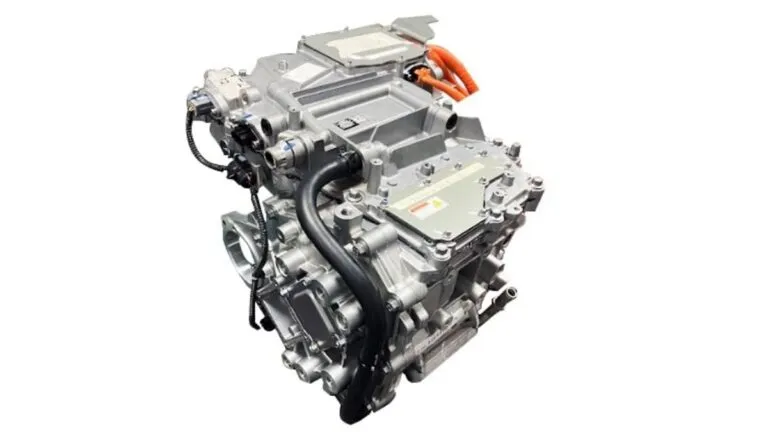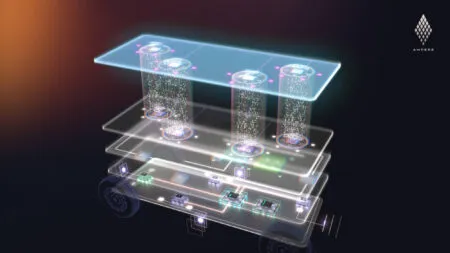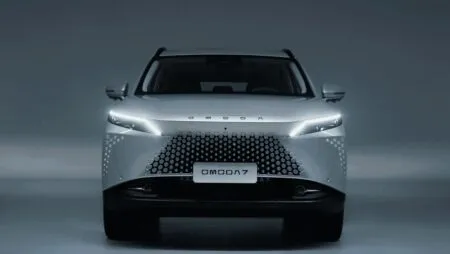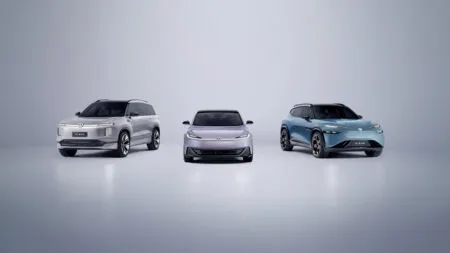The second-generation model of its EV traction motor system, E-Axle, combines a motor, a gear, and an inverter. It is currently mass-produced at Guangzhou Nidec Auto Drive System Co., Ltd. in China.
It is 19% lighter, with 20% better torque and power density than its 100kW predecessor, thanks to the use of smaller magnetic circuits and inverters based on the second-generation, high-space-factor wire-winding technology. Motor noise has also been reduced by six to eight decibels dB compared with its previous model.
Nidec says it has chosen magnets that require significantly less amounts of dysprosium, terbium, and other kinds of heavy rare earth metals thanks to an improved cooling capability based on the newly developed two-way oil-circulation system. The system boasts the largest number of patent applications for oil cooling technology in China.
The use of dysprosium and terbium make the magnets more heat-resistant, and with the use of better cooling capabilities, Nidec’s improved axle can decrease the magnets’ temperature, thus reducing the required amounts of dysprosium and terbium.
The 100kW model of the E-Axle Gen2 is now in mass production, but the currently produced 200kW, 150kW, and other models in the Company’s product line-up will be replaced by Gen2 gradually. With a peak output of 100kW at 350V and a rated output of 38kW, the Gen2 axle offers 2,400Nm of peak torque, 1,250rpm (of the output shaft), weighs 57kg and has an operating voltage that rests between 300 and 460V.
Nidec says the E-Axle will aid in their efforts to acquire a 44% global share of the EV drive motor market by 2030, as evidenced by their previous joint venture with Foxtron.





